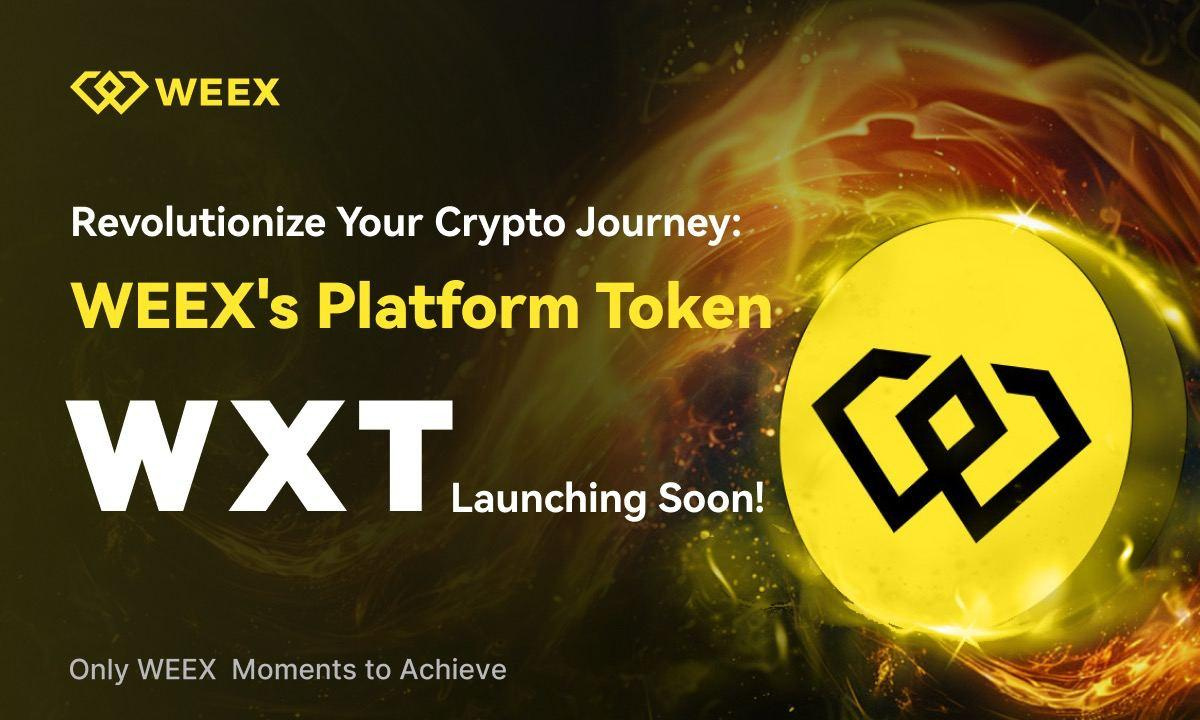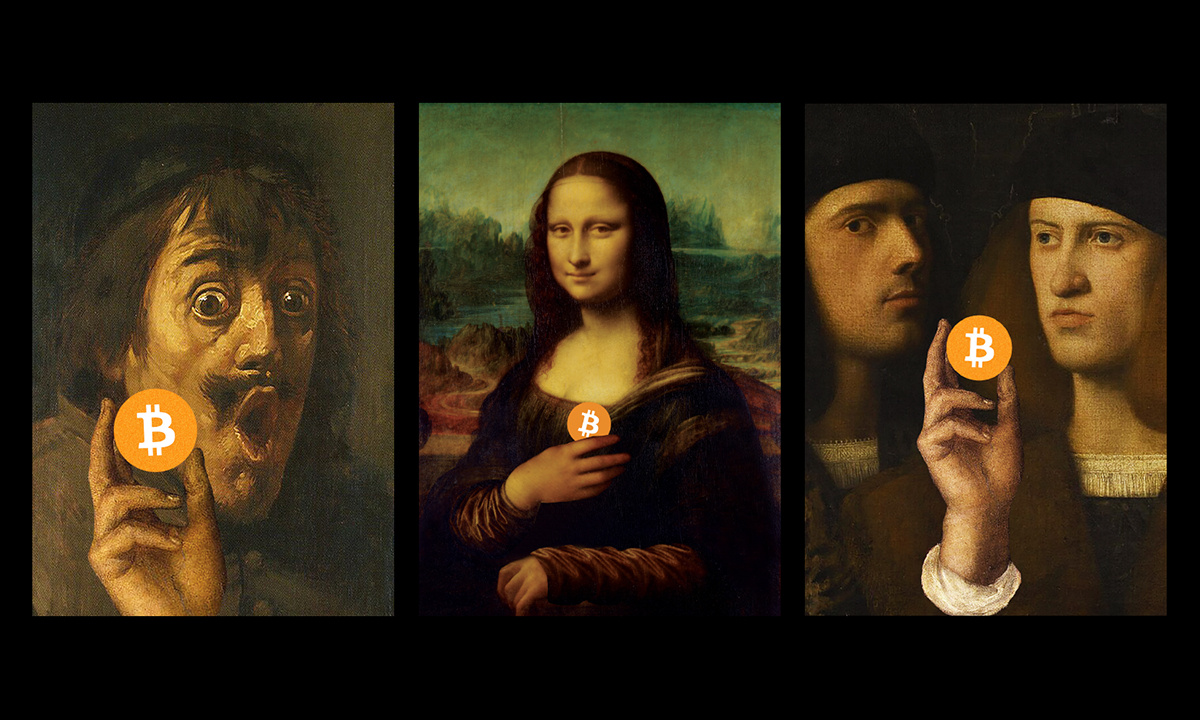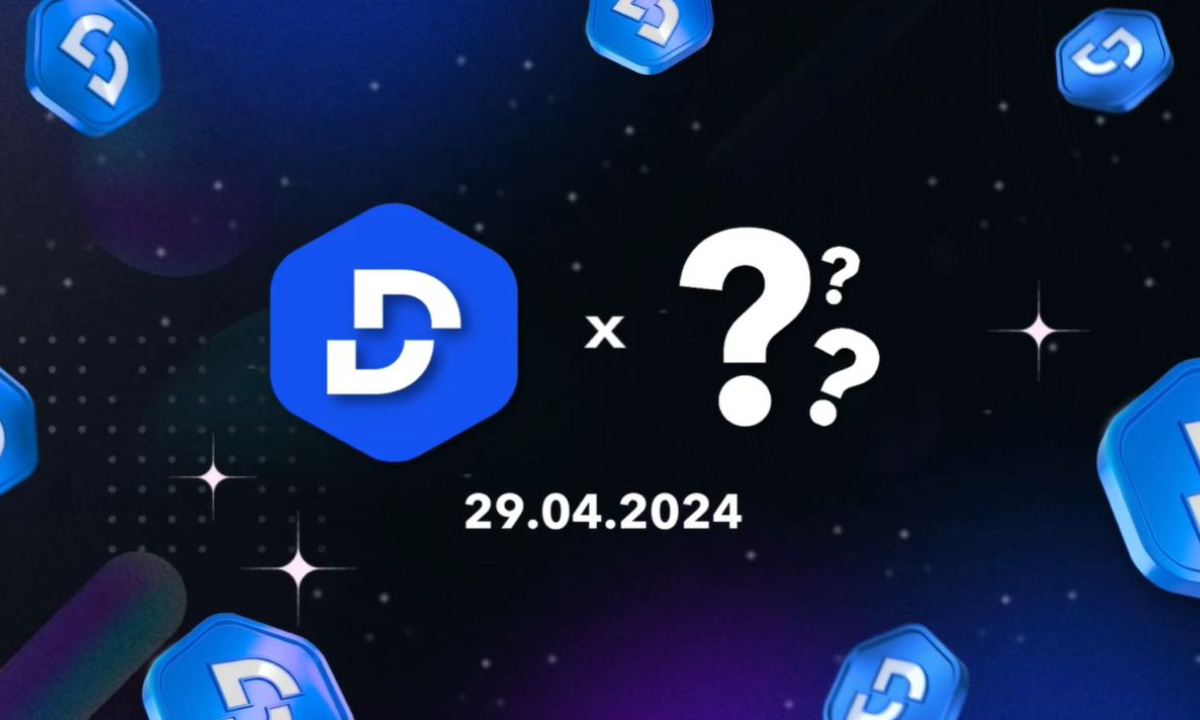Since the introduction of the distributed ledger technology and cryptocurrencies by Satoshi, they have gained a lot of attention from investors, the media, financial organizations, and critics. The original model of the blockchain ledger has continued to evolve with different cryptocurrencies in the blockchain space.
Ripple(XRP) was released on the open-source distributed ledger technology in 2012. The XRP ledger has continued to thrive and grow; today, it is the third-largest cryptocurrency in the world by market capitalization. One thing that has always set XRP apart is the rapid adoption of the cryptocurrency by banks. According to a report, more than a third of the world’s largest banks use XRP for their transactions.
Undoubtedly, the cryptocurrency has set itself apart for special cross border payments across the globe. Let's take a look at some of the reasons for this.
SCALABILITY AND SPEED
Scalability is the ability of any working model, organization, algorithm to cope with expanding operations. In bitcoin's original design, the average block generation time was limited to ten minutes, and the maximum size was one megabyte (1mb). This design was an attempt to prevent fraud on the distributed ledger. However, the ever-increasing adoption of bitcoin has created a scalability problem and the average 4-7 transactions per second cannot cope with expansion.
The XRP ledger is, however, far ahead in scalability. With an average transaction speed of 3-5 seconds, Ripple is capable of handling more than 1,500 transactions in a second. This unique high scaling advantage is unarguably the number one reason for Ripple's popularity among banks. It is no question today that every bank is looking to achieve a fast method of trans-border payment, most especially on the decentralized network.
MINING AND ENERGY CONSUMED
Mining is a process used by bitcoin and other cryptocurrencies to validate transactions. It involves solving complex mathematical problems before adding every transaction to the blockchain ledger. However, mining is a complicated process that requires very high graphic processing units(GPUs) and consumes a lot of energy. According to a report from Cambridge University, mining operations around the world consumes as much power as Switzerland.
Fortunately for Ripple, its consensus protocol does not rely on mining as it depends on a set of "validators." Validators use an algorithm that is composed of unique nodes list(UNL) to process transactions. The XRP ledger consensus saves more time and energy than many other cryptocurrencies.
DECENTRALIZED NETWORK
Ripple’s use of validators to establish transactions on the blockchain ledger even makes it more decentralized than many other cryptocurrencies. Unlike the proof of work(PoW) model where miners with high GPUs and energy can have more control of the system, Ripple’s consensus protocol allows for complete independence of validators.
While Bitcoin and Ethereum remain the leading and most widely used cryptocurrencies, XRP is a close competitor that will continue to gain popularity in the coming years. Every cryptocurrency should offer something unique; XRP is certainly doing just that.
Investment Disclaimer





